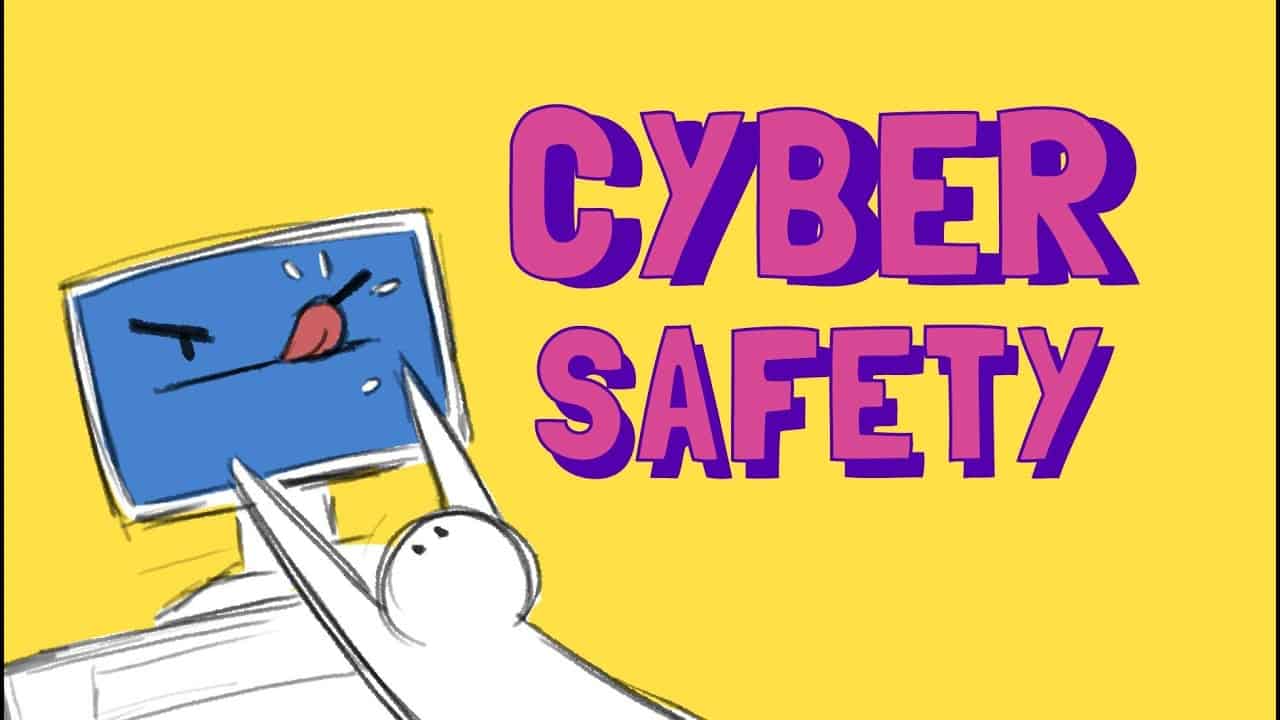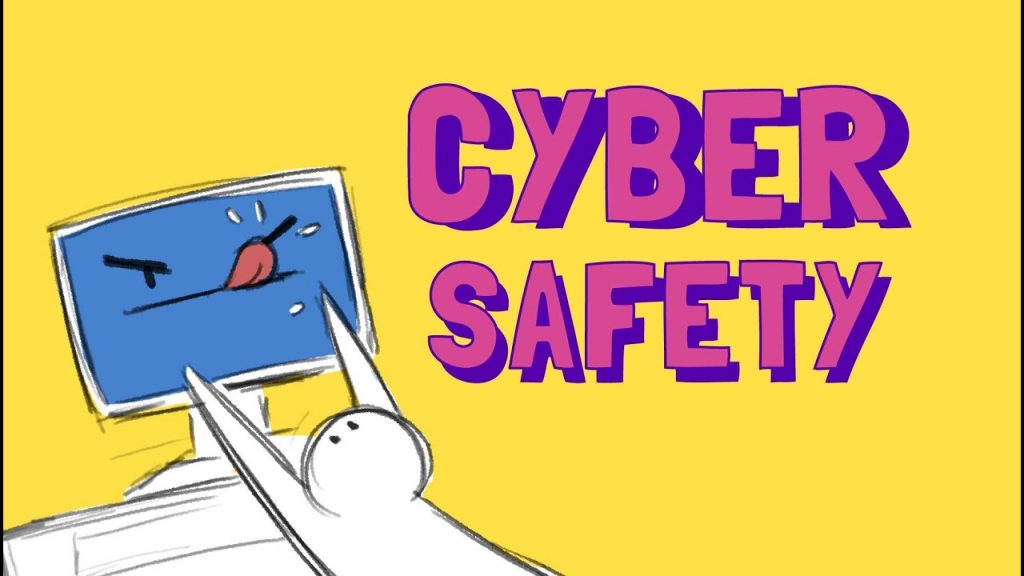
Whether we like to admit to it or not, the internet as we know it is a space that has basically sucked everyone in. Via our mobile phones, tablets, laptops add desktops, we are always connected to the internet reading and sharing stories we come across. Even with most schools having strict rules against students using phones in schools, you still have those that smuggle it in just to share tweets and snaps with their friends.
A large and growing percentage of internet users are made up of school students of all ages, and with parents becoming less available, their children are granted unrestricted access to the internet and all social media platforms. This poses huge safety issues for these children who are unprepared for the vices lurking on the internet. It has, therefore, become increasingly evident that internet safety must be taught to these students in order to protect and properly prepare them to handle common safety issues that occur on the internet.
Do you have school programs or lessons targeted at teaching students internet safety at your school? Are you planning to introduce these lessons to your classrooms? If so read on, we have identified three major aspects of internet safety you can teach your students today.
1. Personal Safety
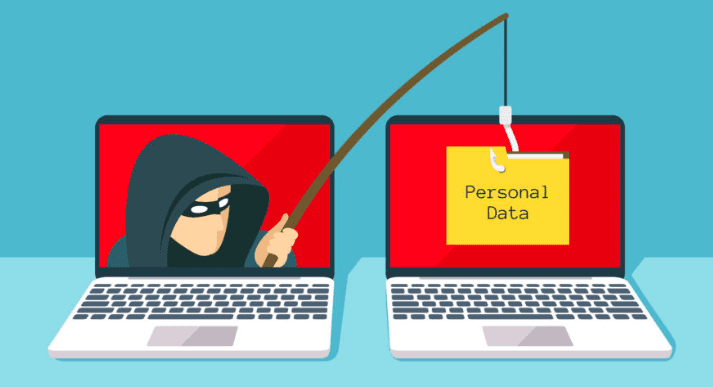
It is common for teenagers of this age to always share information about their personal life on the internet. While this might come from a place of joy or happiness, bullies and stalkers online can use this information to trace or know about their whereabouts.
Students often post status updates regarding their current location, where they live as well as specifics about their travel plans – where they are going, how long they will be there and if they are traveling alone. This is good information for potential kidnappers or sex offenders who can then use that information to set out their plans for the unknown victims.
Students must be taught to censor the information they give out on the internet, especially on their social media accounts. They can start by changing automatic location settings on their social media accounts. They can also adjust their social media settings to ensure that it is only specific trusted friends on their followers’ list that are able to view their information and sensitive updates.
Also as we teach these students in the real world not to talk to strangers, these same rules should apply online where they are advised not to accept friend requests from strangers and to try to verify suspicious accounts before accepting requests.
2. Identity Protection
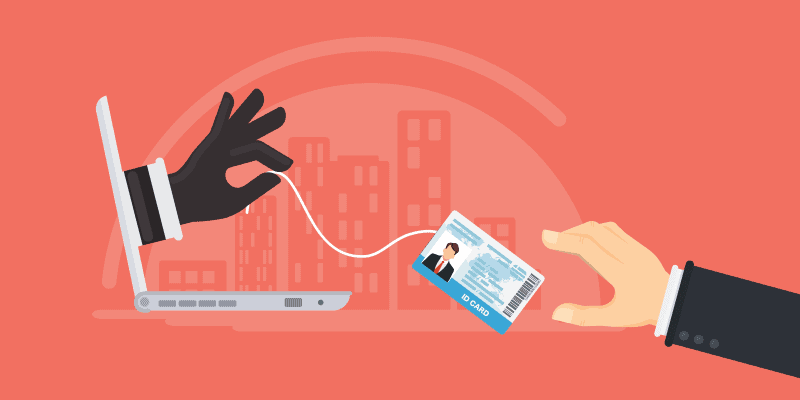
At one point or the other, we have all been greeted by malicious pop-ups that show up on our web pages. These pop-ups usually offer freebies and discounts that require the submission of personal details in order to access them. If you are unfortunate enough to fall victim and you end up sharing your private information such as name, address, date of birth, passwords, or even credit card details, you have opened yourself up to identity theft. This sensitive information can be used to access your private email, your social media accounts, and most importantly your bank accounts.
Most students do not understand the gravity of the consequences that come with identity theft. When left to their own devices they freely give up not only their personal information but that of their parents and family members as well. To prevent this from happening, it is important that students are taught the difference between sensitive private information and public shareable information.
They must also know how to identify secured connections and only perform financial transactions through these secured sites. They must also be taught how to craft secure passwords that are not created out of obvious sources such as date of birth, pet names, and personal names.
3. Cyber Bullying
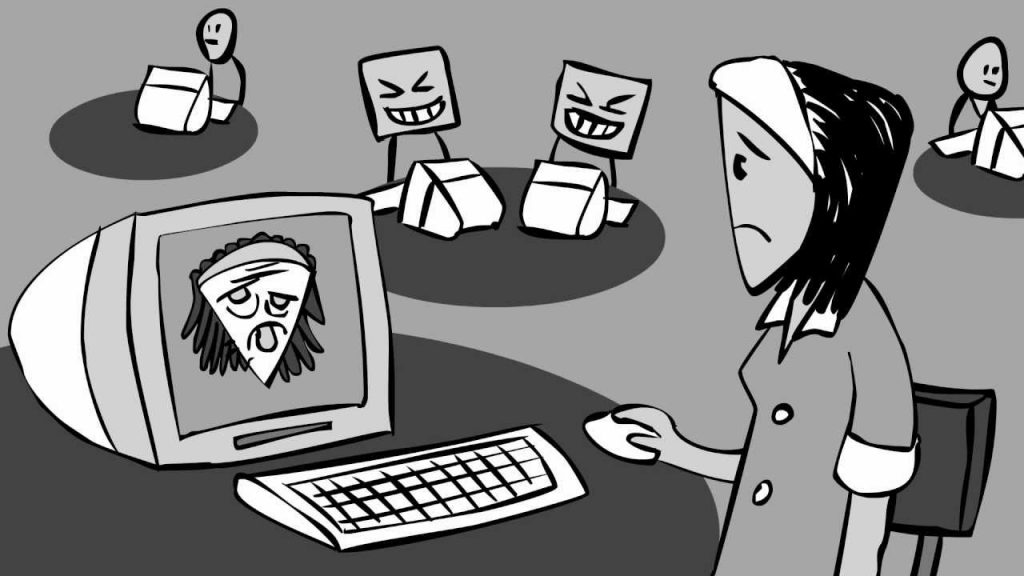
Bullying in all forms has been around since the beginning of human relations, and it spreads across all age brackets extending even to adults! Once an act that was confined to break rooms and playgrounds, bullying has found its way online with children attacking and demeaning each other on social media platforms. With the wide reach of the internet, these acts are shared rapidly at the click of a button with students and complete strangers in multiple locations, thereby exposing the victim to an onslaught of attacks from multiple bullies.
This affects student behavior negatively in many ways and has led to withdrawal from school, depression, and worse, suicide. In this internet age, it is important that schools educate students on the extreme consequences of cyber-bullying; and though it is almost impossible to police and supervise students online, it is important that teachers keep communication doors open to students who complain or show signs of bullying.
Students must also be taught and encouraged to report cyber-bullies to the website or social media admin pages, to ensure that miscreants are banned and their pages deactivated. Students must also be taught not to promote, like, or share any act of cyber-bullying online.
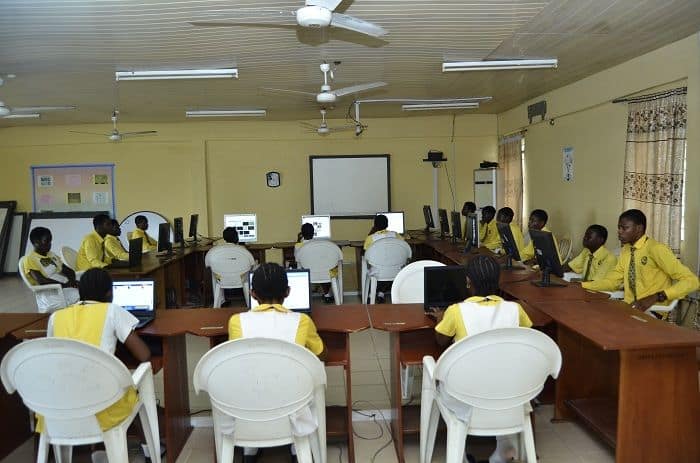
Internet safety is an important area that must be addressed by caregivers in this digital world that we find ourselves and our students in. School administrators can adopt any of the discussed solutions and also go the extra mile by designing posters and educative materials to keep these safety rules in constant reach of their students. How is your school tackling internet safety? Let us know in the comments below.
